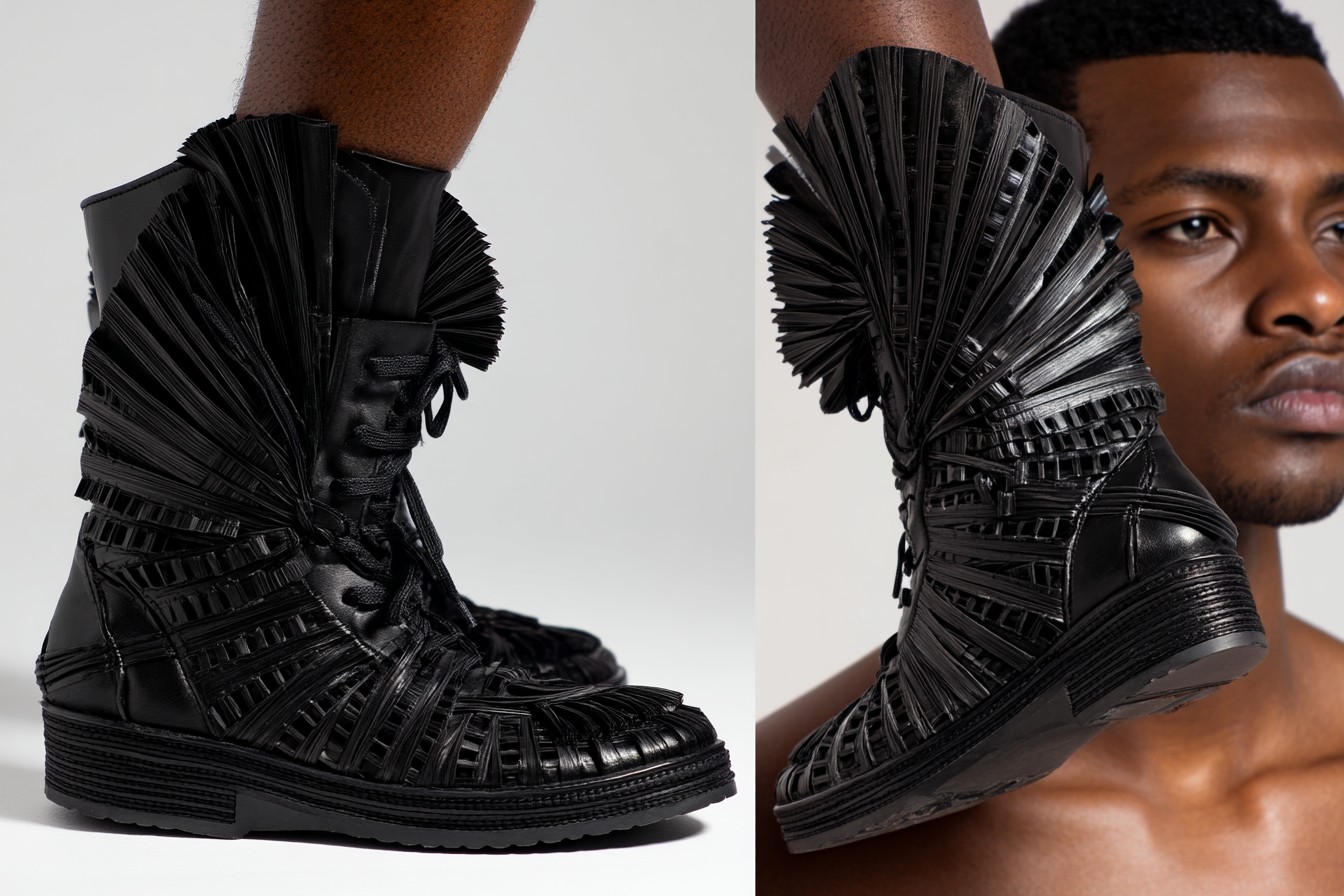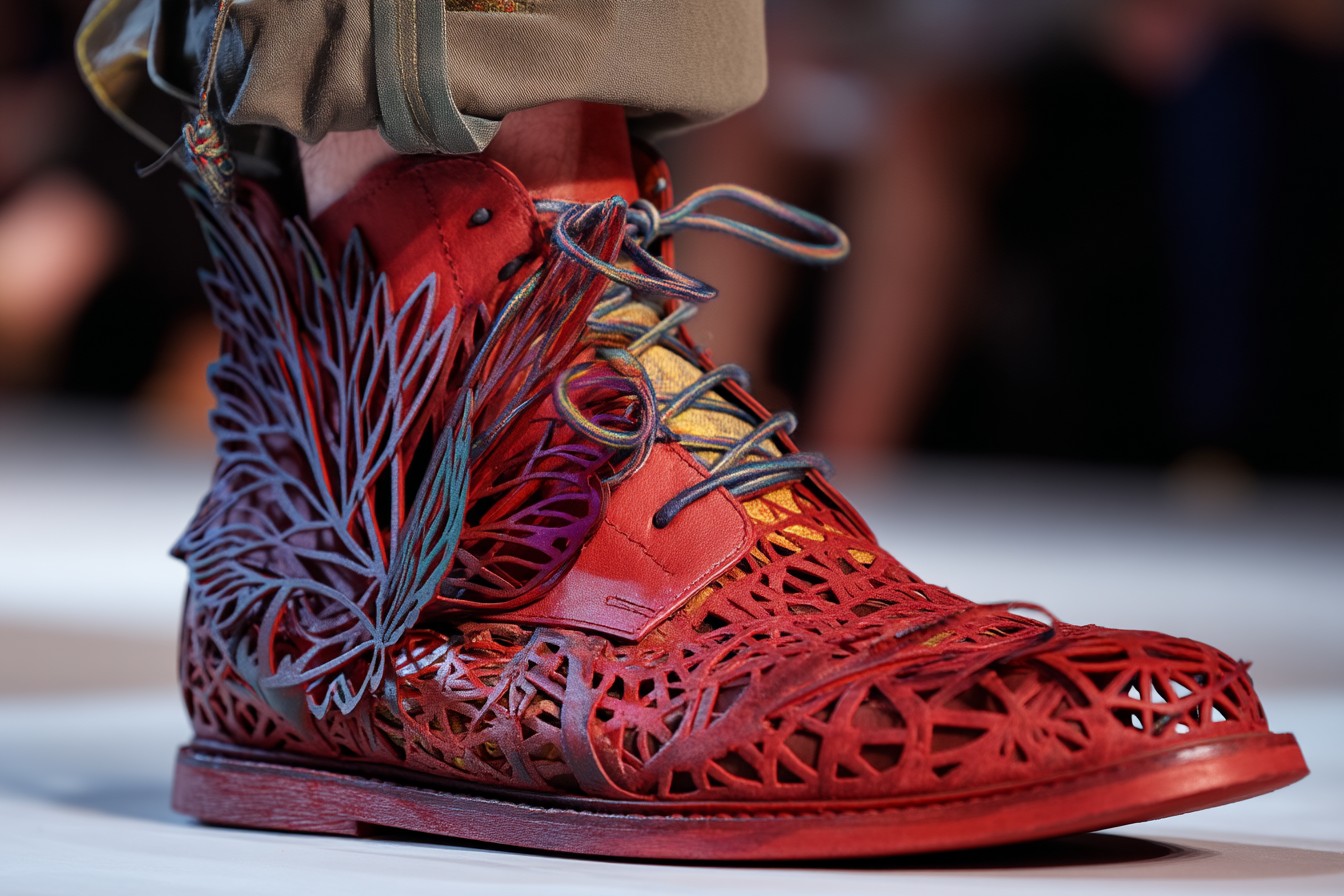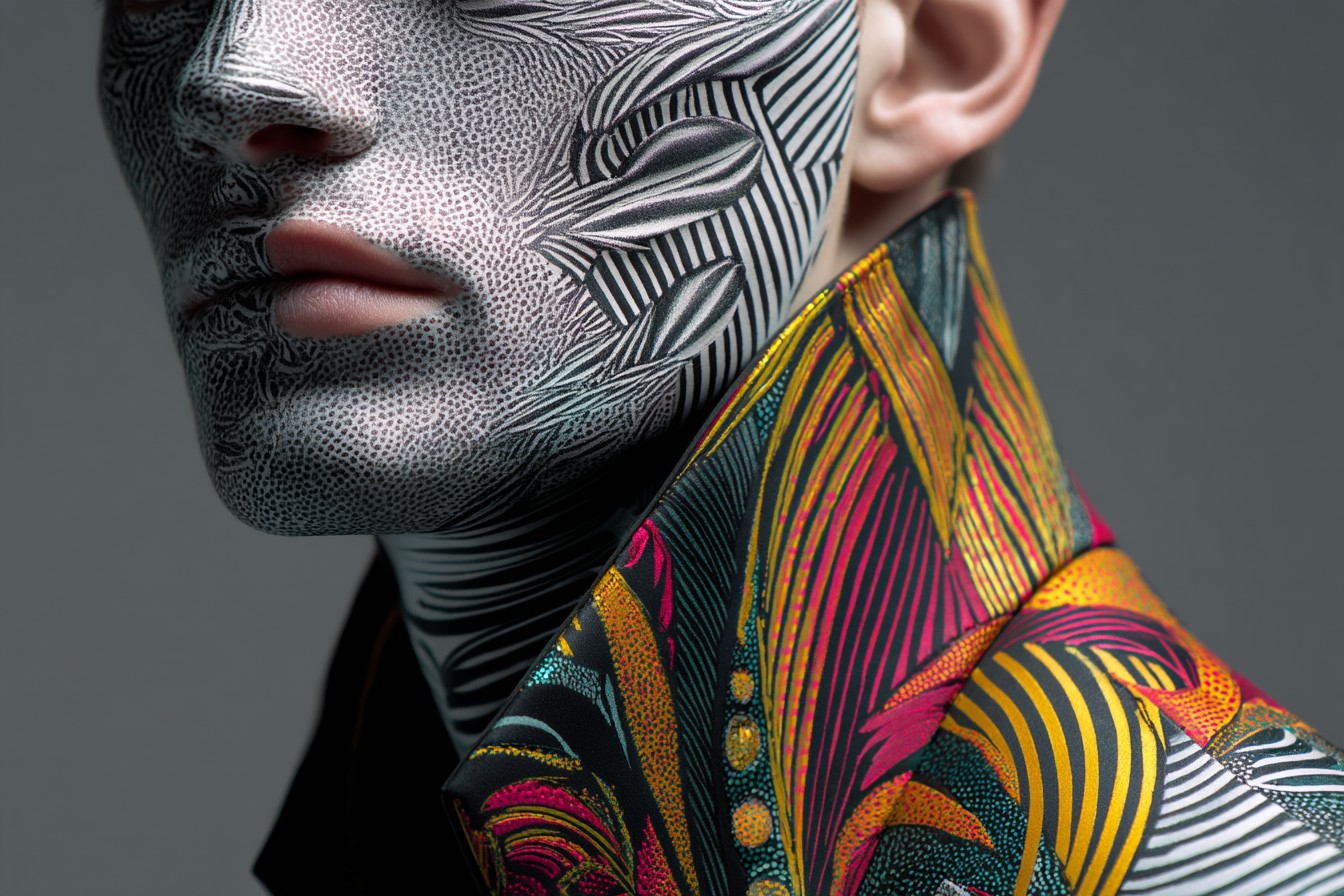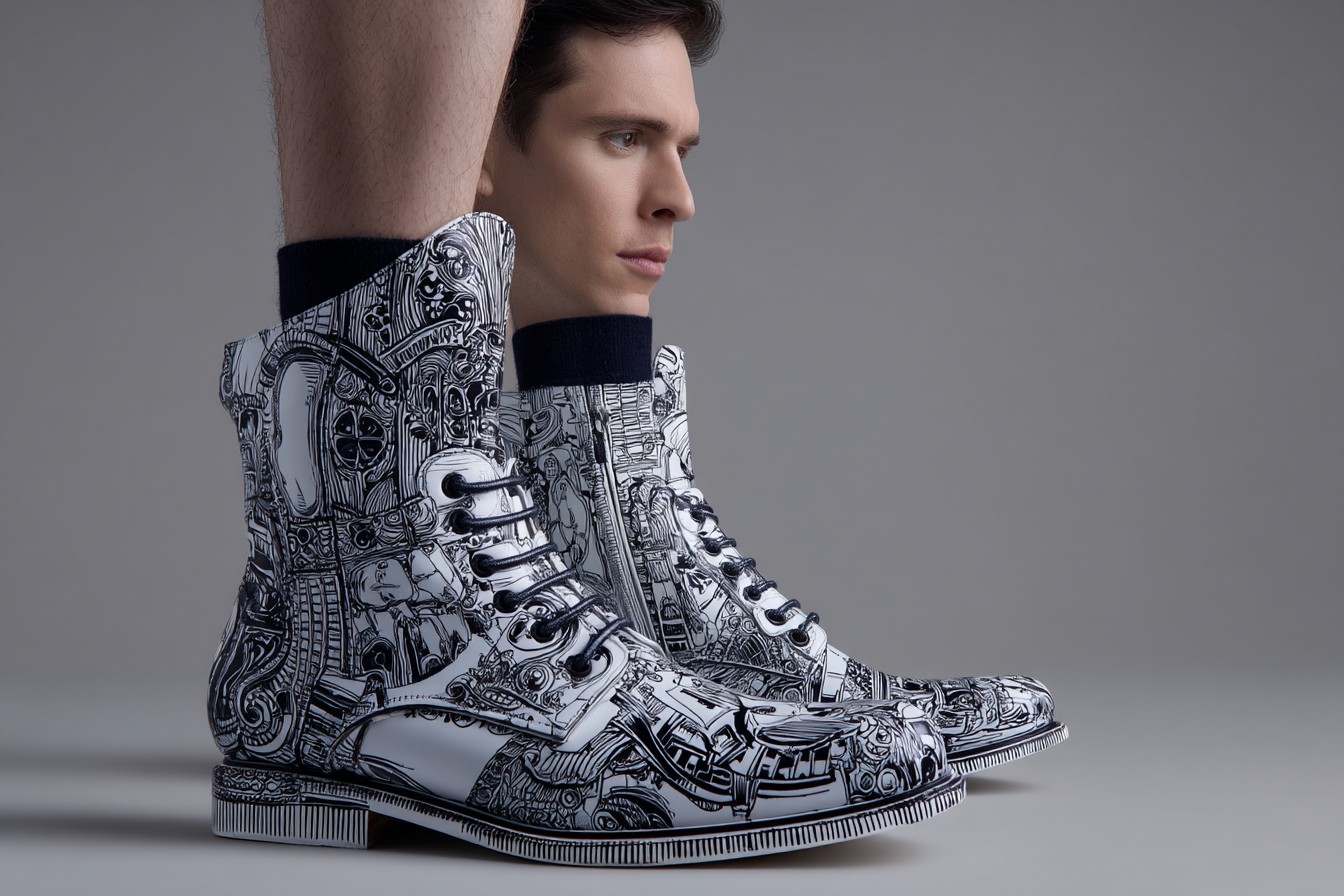I’ve got a confession to make, and my tailor might never forgive me. Last month, I walked into a launch party for a rather swanky new menswear collection wearing a pair of shoes that cost less than the champagne they were serving. Thirty-five quid from Next, if you can believe it. I’d grabbed them in a panic the day before when I realized my usual loafers had developed a mysterious stain that looked distressingly biological in origin. These Next shoes were a last resort—a dark brown penny loafer with a surprisingly decent shape and leather that actually looked… well, like leather.

Three people—THREE—asked me if they were Crockett & Jones. One bloke, wearing what I’m almost certain was a Brunello Cucinelli jacket that probably cost more than my monthly rent, actually leaned down to get a better look at them. “Nice patina on those,” he nodded approvingly, as I stood there fighting the urge to blurt out “THEY’RE FROM NEXT AND I BOUGHT THEM YESTERDAY!” like some kind of reverse snob having a breakdown.
This isn’t the first time this has happened, either. Something interesting is going on with the high street right now, particularly with footwear. The design teams at places like Next seem to have collectively decided to step up their game, and they’re producing shoes that, at first (and sometimes second) glance, could easily pass for something costing five times as much.
The pair in question are from Next’s “Signature” range—their brown penny loafers with a surprisingly elegant silhouette and none of the clunky, square-toed nonsense that usually plagues high street footwear. They’ve got a proper leather sole (admittedly not the thickest, but it’s there), a genuine Goodyear welt construction, and leather that—while clearly not the same grade you’d get from a proper shoemaker—actually develops a bit of character after a few wears.

But here’s the thing. It’s not just that these shoes happen to look decent. It’s that they’re actively mimicking the design language of much higher-end brands. The shape of the toe, the proportions of the strap, even the slightly burnished finish on the leather—they’re all quietly whispering “Crockett & Jones” or “Cheaney” rather than shouting “I COST THE SAME AS A TAKEAWAY DINNER FOR TWO.”
And they’re not alone in this stealth approach. I’ve noticed this same trend creeping across the high street. Marks & Spencer has started doing a range of shoes with distinctly Church’s-esque styling. Zara has loafers that, from a distance, have more than a passing resemblance to certain Italian makers. Even Clarks—good old dependable Clarks—has been quietly releasing shoes that look like they’re having an identity crisis and think they might be Tricker’s.
The really interesting bit, though, is how to wear these high street finds so they maintain the illusion. Because make no mistake, it is an illusion. Up close, to the trained eye (or snobby eye, depending on your perspective), the differences become apparent. The leather is decent but doesn’t have the depth of color or suppleness of the real deal. The stitching is functional rather than immaculate. The finishing touches lack, well, finish.

But there’s a whole art to making these shoes punch above their weight—to giving them that designer energy without the designer price tag. It’s all about context and curation—the sartorial equivalent of hanging a print next to actual art and watching people squint to figure out which is which.
First rule: condition the hell out of them. Right out of the box, most high street shoes have that slightly plasticky, uniform finish that screams “mass-produced.” I hit these Next loafers with two rounds of Saphir Renovateur (which, yes, cost almost a third of what the shoes themselves did) and then some dark brown polish worked into the toe and heel. Instantly, they developed a more natural depth that mimics the patina of a more expensive shoe.
Second rule: pair them with at least one genuinely good item. This is the oldest trick in the book—the high-low mix that’s been the secret weapon of fashion editors for decades. Those Next loafers suddenly look twice as expensive when worn with a well-cut pair of trousers. My go-to move is a pair of mid-gray flannel trousers from Anglo-Italian (which, admittedly, cost about seven times what the shoes did) with a clean break that just skims the top of the shoe. The quality of the trouser elevates the shoe, and most people’s eyes are drawn to the overall effect rather than scrutinizing the individual components.

Third rule: details matter. Cheap shoes often come with cheap laces that might as well have “budget” stamped on them. Spend a tenner on some decent waxed cotton laces and suddenly your high street finds look substantially more premium. Same goes for insoles—if the included ones are rubbish (they usually are), swap them out.
Fourth rule: wear them with confidence. Nothing gives away budget footwear faster than apologizing for it. The number of times I’ve seen blokes undermine perfectly decent outfits by pre-emptively explaining that something is high street… mate, if you don’t point it out, half the time no one will notice.
I tested this theory last week at a work dinner. Wore the Next loafers with some navy Incotex chinos, an Oxford shirt, and a nicely worn-in tweed jacket. Colleague who fancies himself a bit of a menswear aficionado actually complimented the shoes. Did I come clean? Did I hell. I just said “thanks” and changed the subject to the wine list. Sometimes style is as much about what you don’t say as what you wear.

The irony in all this is that actual luxury brands are busy trying to make their logos as visible as possible, plastering them across everything from belts to the sides of sneakers, while the high street is quietly producing increasingly convincing homages to old-school understated luxury. There’s something properly funny about that role reversal.
I’m not claiming these high street options are “just as good” as the real thing. That would be daft. A proper pair of Northampton-made shoes will last you decades with care and resoling. They’ll age more beautifully, they’ll be more comfortable in the long run, and they often just feel right in a way that’s hard to articulate but easy to experience. There’s a reason they cost what they cost.
But we’re living in interesting times, sartorially speaking. The design gap is narrowing even as the quality and longevity gap remains. For those of us who exist in that strange liminal space between fast fashion and bespoke—which, let’s face it, is most of us—there’s now this curious middle ground where high street brands are producing “good enough” versions of luxury staples.
The Next loafers in question probably won’t last more than a couple of years with regular wear. The leather will likely crease in ways that give the game away over time. The soles will wear through faster than proper bench-made shoes would. But for thirty-five quid? They’re a bit of a miracle, really.
I wore them again yesterday with jeans and a navy blazer. Popped into Liberty’s to browse (translation: torture myself with things I can’t justify buying). Sales assistant actually gave them an appreciative glance. For a brief, ridiculous moment, I felt like I’d gotten away with something—like I’d infiltrated a world of four-figure shopping baskets while wearing shoes that cost less than dinner.
Then I caught my reflection in one of those intimidating Liberty mirrors, and I could see the ever-so-slightly clunky shape that no amount of polish can quite disguise. But you know what? From three feet away, they still looked pretty damn good. And in a world where designer trainers now regularly cost more than my first car, there’s something satisfying about that.
So if you spot me at an industry event and I seem suspiciously protective of my feet, now you know why. I’m not just a style writer—I’m a style con artist, pulling off fashion heists one high street shoe at a time. Just don’t look too closely, yeah?

Leave a Reply